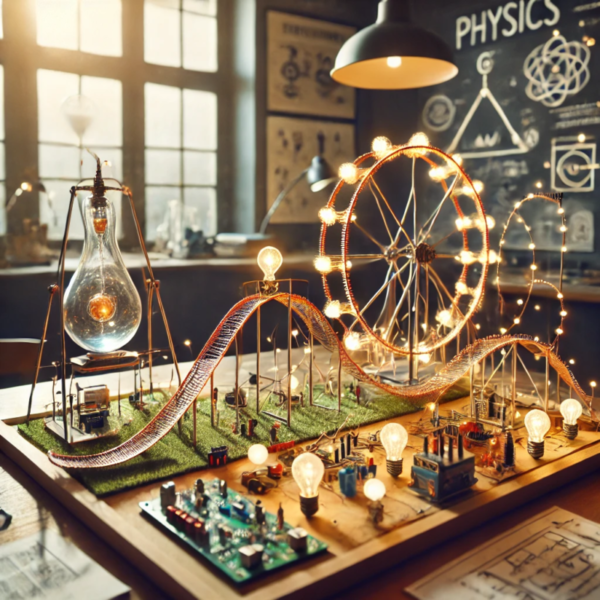
The IB Physics IA explores a physics concept through hands-on experimentation and analysis. This internal assessment challenges you to think critically, connect theory to practice, and demonstrate your scientific inquiry skills in a concise, well-structured report.
In our previous blog post on IAs, we covered how to navigate the challenges of the IB Economics IA. Today, we’re entering the realm of sciences — Physics, in particular. While Economics might seem more straightforward, IB Physics demands not only a strong grasp of theories and calculations but also the ability to connect them to real-life experiments and evaluations. Whether it’s demonstrating E = mc² or investigating Faraday’s law of induction, your IA provides a platform to showcase scientific understanding and creativity.
Don’t let the equations and concepts scare you! Let’s break this down into manageable steps with 6 tips to help you ace your IB Physics IA.
Tip 1: Choose a Simple Research Question That Interests You
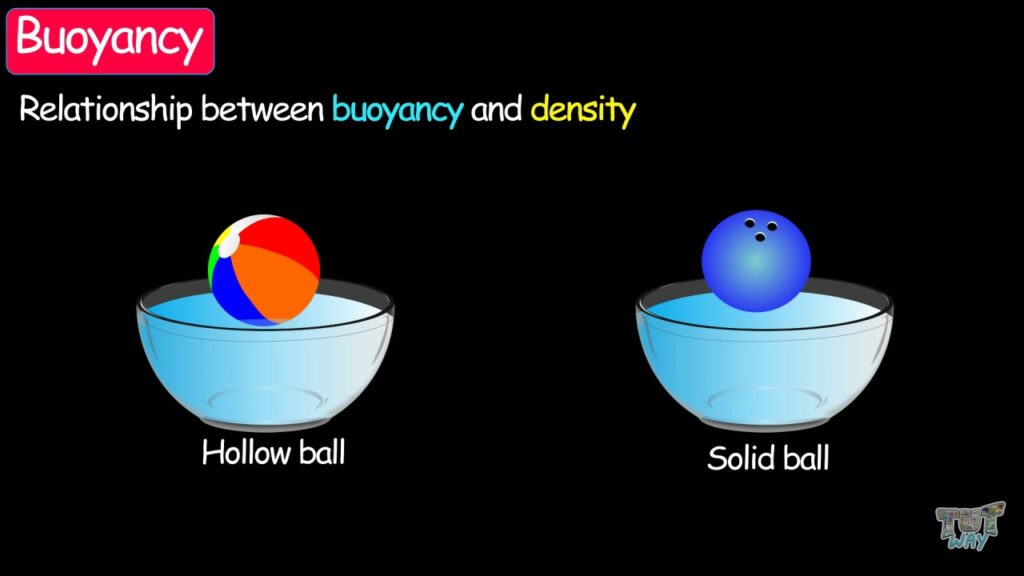
Your IA starts with the research question — the foundation of your entire project. A good research question is not just specific and measurable but also simple and easy to research. Most importantly, it should be something you’re genuinely curious about.
For example:
- How does the temperature of a steel spring affect its spring constant (k)?
- How does the volume of an object affect its buoyancy when fully submerged in water?
Research questions like these ensure you stay engaged throughout the process while addressing a clearly defined relationship between variables.
Pro Tip:
Focus on the dependent and independent variables. Ensure the research question is aligned with concepts you understand or want to explore further. If you’re inspired by real-life phenomena — like why certain springs lose elasticity while riding a bicycle, or why objects float differently in various liquids like water and oil — you’re already on the right track.
Tip 2: Plan a Feasible and Safe Experiment
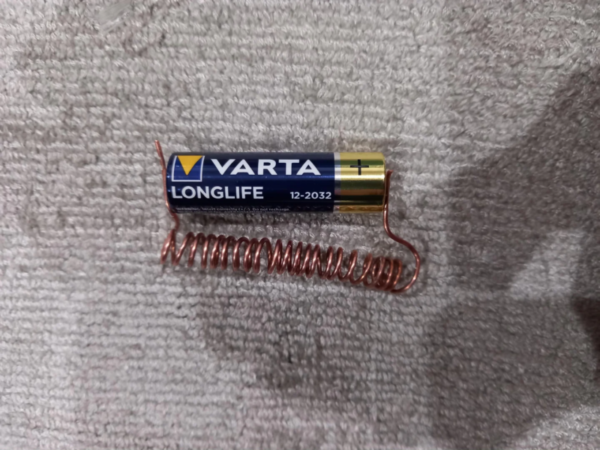
Your IA experiment doesn’t need to involve complex or expensive equipment. What matters is that it is scientifically sound and achievable with the resources you have.
For instance, investigating Faraday’s Law of Induction can be done using basic equipment like a solenoid, magnet, and a voltmeter. Or, consider this classic experiment:
- Rolling a toy car down a ramp and recording its starting height and time to pass a point at the bottom.
This simple setup can help you study how height (potential energy) affects velocity (kinetic energy).
Remember to include a risk assessment to address any safety concerns. For example, if you’re working with electrical components, note potential hazards like short circuits and ways to prevent them.
Tip 3: Keep Your IA Well-Organised and Clear
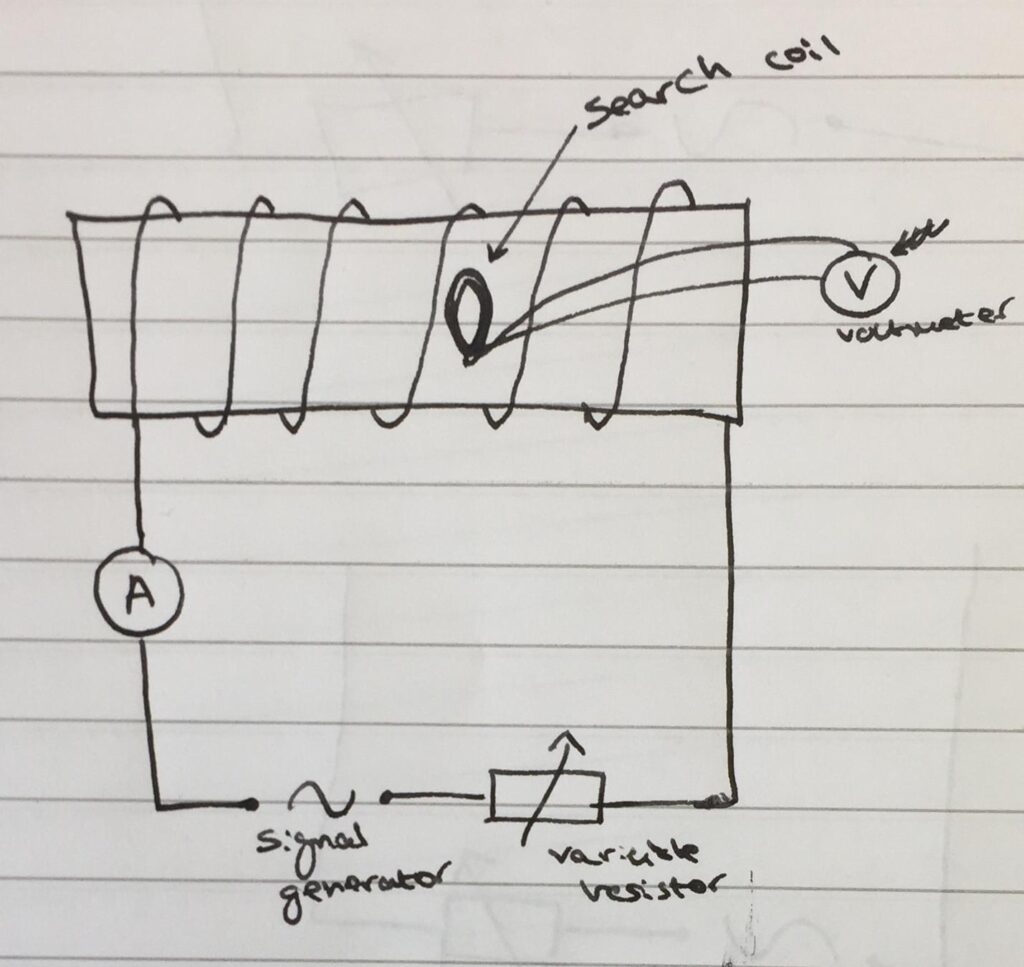
IB Physics IAs are not graded based on their level of complexity but on how well you meet the assessment criteria. A well-structured IA makes it easy for the examiner to follow your thought process.
Here’s a recommended structure for your IA:
- Introduction: State your research question, provide background information, and explain the real-world significance of your study. The introduction should range from half a page to a full page.
- Methodology: Include a detailed, step-by-step process with diagrams of your experimental setup. Use bullet points to keep it concise. Use diagrams and NOT images.
- Data Collection: Present raw data in neatly labeled tables. Include units, uncertainties, and significant figures.
- Analysis: Process your data and display results in graphs or charts. For example, plot the relationship between temperature and the spring constant.
- Conclusion and Evaluation: Discuss trends, limitations, and improvements. Did your data support your hypothesis?
Pro Tips:
- Use clear subheadings and avoid unnecessary jargon.
- Personal engagement criteria: Performing any investigation and gathering and processing any data in an accurate manner guarantees you a mark out of 2 for this criteria. However, if you focus on a backstory about wondering as a kid why thunder follows lightning, you might miss the second mark.
Tip 4: Focus on Precision and Accuracy
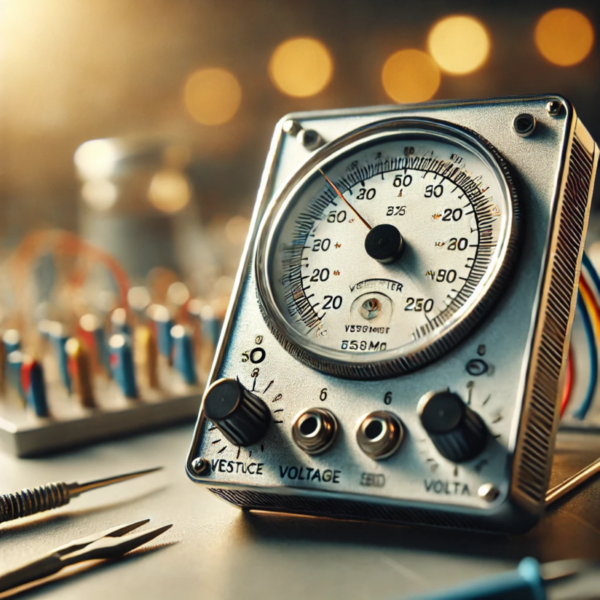
Physics is all about precision, so your IA should reflect that. Here’s how:
- Take multiple measurements: Don’t just rely on a single trial. Repeating experiments and averaging results improve reliability. Include these in your evaluations, with possible reasoning for variation in results.
- Account for uncertainties: For example, if you’re measuring time using a stopwatch, note the uncertainty (e.g., ±0.2s). Clearly present these in your data tables.
- Calibrate your instruments: Ensure equipment like thermometers or voltmeters is properly calibrated before starting.
For example, if you’re investigating buoyancy, ensure that your measurements of volume and force are as accurate as possible. Use tools like measuring cylinders for volume and digital force meters for weight.
Tip 5: Reflect and Suggest Improvements
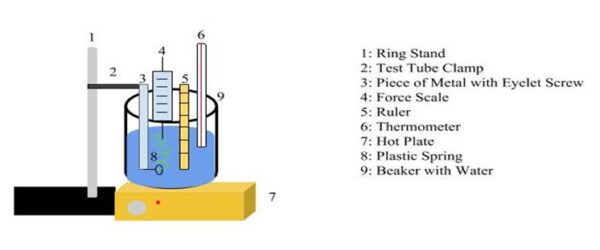
The evaluation section is your chance to shine by showcasing your critical thinking skills. Highlight what worked, what didn’t, and how you could improve.
- Strengths: Was your experiment reproducible? Were your measurements consistent?
- Weaknesses: Did human error (e.g., reaction time) or equipment limitations (e.g., low-resolution measuring tools) impact your results?
- Improvements: Could using a high-speed camera improve your time measurements in the toy car experiment? Would a more sensitive thermometer provide better insights in the steel spring experiment?
Additionally, propose extensions to your research. For instance, if you studied how temperature affects a spring constant, you could suggest exploring the impact of material type on spring constant k as a follow-up.
Tip 6: Take the Right Guidance and Build a Great IA for Physics

Sometimes, choosing the right research question is not enough. Using the correct formula, and executing the experiment flawlessly requires a great deal of guidance and tutelage. That’s where we come in.
With students coming to us for all subjects ranging from IGCSE to IB, University, and beyond, we have helped them score to the best of their ability with detailed, nuanced feedback.
Have your IAs reviewed by us so we can leave you with great tips on improving the quality and structure of your IA.
Or even better, book a solo session with us so we can help you build an IA from the get-go!
Note: We provide detailed and tailored feedback and guidance to our students but we DON’T write their IAs for them
Bonus Tip: Use Technology to Your Advantage
Modern tools can make your IA not only more polished but also more accurate. Consider:
- Data collection apps to reduce human error (e.g., for timing or measuring distances).
- Online graphing tools like Desmos to create clean, precise visualizations.
- Simulation software to test additional variables if resources are limited.
Real-Life Applications to Motivate You
Physics IAs aren’t just about getting good grades — they’re an opportunity to apply theory to real-world problems. Think about how your findings could relate to fields like engineering, environmental science, or even daily life. For instance:
- Your investigation into buoyancy might help explain why massive cargo ships float despite their weight.
- Exploring Faraday’s Law could connect to innovations in electric vehicle technology or renewable energy generation.
The more you see the bigger picture, the more engaging and meaningful your IA becomes.
Conclusion: Your IA Journey
Writing your IB Physics IA is as much about discovery as it is about experimentation. With careful planning, curiosity, and attention to detail, you can create an IA that not only scores high but also reflects your growth in your chosen choice of career ahead.
Remember, you’re not alone — resources like sample IAs, guidance from teachers, and platforms like Young Scholarz are here to support you. Now it’s time to roll up your sleeves and dive into your IA with confidence. Good luck, future physicist!





